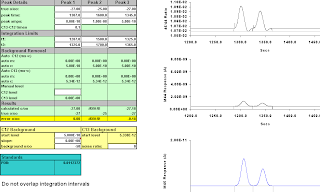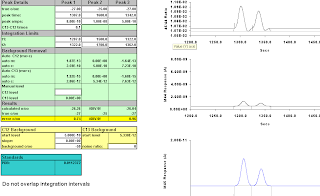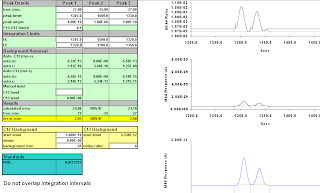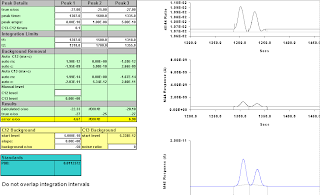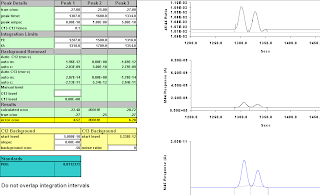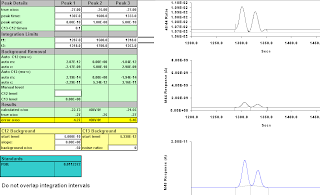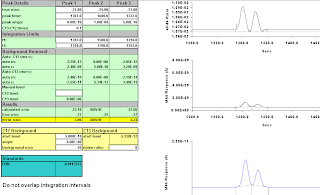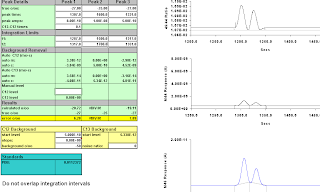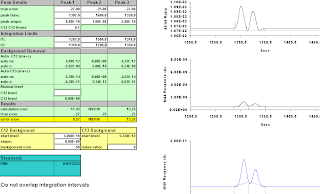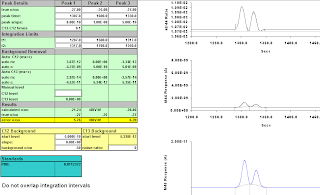Bulletin
The San Diego Union Tribune reports an Eddie Pells' AP story that Floyd Landis officially filed his appeal to the CAS today:
The introduction to the 90-page brief Landis' attorneys submitted to CAS said Landis fully supports ongoing efforts to eradicate doping in cycling.
“However, to wrongly strip a champion of his victory due to a flawed test is much worse than to have an athlete cheat his way to victory,” the introduction read. “To ensure a fair process and to protect against the travesty of wrongfully convicting a person for an act he or she did not commit, the anti-doping system must strike an adequate balance between the need for accuracy and reliability of laboratory test results and fairness in sports.”
Maurice Suh will again represent Landis in the appeal which is expected to be heard by the CAS sometime early in 2008:
Attorney Maurice Suh again will represent Landis. The case is expected to be heard behind closed doors in Lausanne, Switzerland. The arbitration hearing was held in public – part of Landis' attempt to shine a light on an anti-doping hearing process that he claims is flawed.
“We welcome the opportunity to present this case to CAS,” Suh said. “We will prove, once again, that the French laboratory's work violated numerous rules and proper procedure, rendering its results meaningless and inaccurate. We are optimistic that CAS will agree, and stop the miscarriage of justice that resulted from the earlier arbitration proceeding.”
The IHT reprints the AP version of the story.
News
AFP/Yahoo Sports reports US deputy drug "czar" Scott Burns is mad US pro sports leagues have not adopted the newly updated WADA code. He say this may in part be due to the NBA, NHL, and NFL not wanting to face the consequences of much tougher anti-doping enforcement:"They don't want to sign on because it's tough and it's specific and there are consequences and it will be monitored and cheaters will be caught and exposed," Burns told reporters in a teleconference call.
He's in favor of "tribunals" instead of full blown court cases:
"Tribunals around the world have tried cases under the code and the process has been upheld. Athletes are entitled to representation under the process," said Burns.
"What process do you want? Do you want full blown trials like we have in the US and appeals while people with medals are waiting to find some resolution? How big and robust should it be?"
We at TBV might settle for "fair and impartial," if that isn't too much to ask. We've never heard the arbitration process described as a "tribunal" before; maybe he's confused with Gitmo.
The CyclingNews reports that Alejandro Valverde, who faces a possible two year suspension, appeared yesterday before the CAS in the ongoing UCI/WADA case which alleges his connection to OP. Valverde had no comment.
VeloNews says we should expect Mayo's B-B-B sample results out of the LNDD this week. Third time's a charm. The Spanish Federation isn't on the UCI's page on this one:
According to Spanish cycling federation president Eugenio Bermudez, Mayo's case is already closed.
"The case was closed by the lab in Ghent (Belgium). There was a result of the second test as non-conclusive, which the Ghent lab ruled as negative," Bermudez told AFP. "If the new test by Chatenay-Malabry is positive, we will not recognize the result and it could come down to a legal conflict."
Inside Bay Area says that Jason Williams is a true role model for kids, unlike those who are listed as "cheaters".
Dan Wentzel on Yahoo Sports, quoted by a blog, notes a discrepancy in attitudes -- rule-bending crew chiefs in NASCAR, and Hockey players in the penalty box don't have the stigma of "cheating" dopers.
Blogs SaltCycle talks about the "Sunday Sprints" and turns "Floyd Landis" into a part of speech.
Cyclocosm says "WADA fiddles while Rome burns", and cites the usual suspects.
Patriots and Liberty wants testing for politicians:
Drug tests have recently exposed the doping of professional athletes. Marion Jones was stripped of gold medals. Floyd Landis was dethroned as the Tour de France winner. Barry Bonds may have his record wiped from the books if proven guilty. Drug testing forces people to deal with truth. Therefore I believe all presidential candidates should be drug tested. And while the tests may yield results of booze, steroids or marijuana, which would explain the bizarre behaviors we witness on the campaign trail, I am more interested in gender. DNA testing on Hillary Clinton and Bill Richardson would determine if in fact Hillary does indeed have two X chromosomes. After Thursday night’s debate, I am convinced Bill Richardson is clearly missing the Y.
Steven Hatch links Landis' op-ed published here.
Sports Blog is on top of things and already notes the filing of the CAS appeal by Floyd Landis.
So Quoted did too, but insisted on not getting a link, so we won't give him one.
Reference DeskSt Louis University
has an Isoprime, and some
instructions for use and
maintenance. The site might be worth some digging. Don't see anything about CIR or IRMS, though.
Jascoint has a
pdf brochure on the Isoprime from Micromass in 2001, before GV Instruments scooped them up. Some masslynx screenshots.
GV has an
Isoprime user forum.
See a
Simon Davis MassSpec Solutions slide show. The Multigas is compatible with Masslynx and OS/2!
Full Post with Comments...











